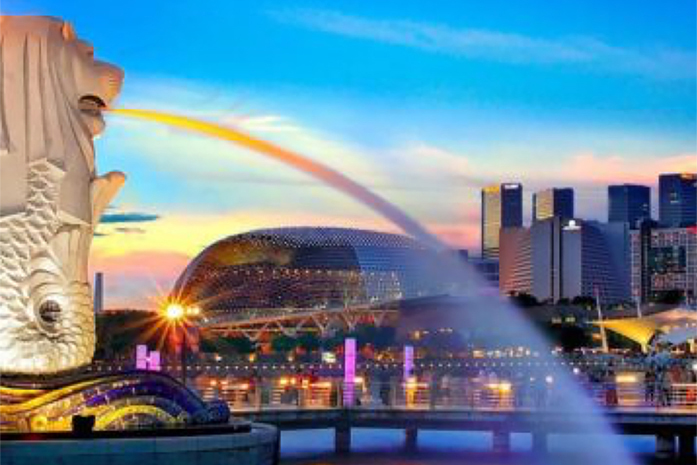As we touched down at Singapore’s Changi airport for a week to launch three Ethology CX Consulting offices in the region, we hadn’t anticipated that our host city was going to provide its own CX lessons.
It was our first stop on a two-week tour of South East Asia that would see us hop between Singapore, Kuala Lumpur and Hong Kong. Our aim was to share our observations about global Customer Experience trends and discuss how organisations in the region are affected by changing customer needs across a diverse market. And we were lucky enough to be hosted by leading national and international businesses in each country, each a household name.
The launch tour provided us with a unique opportunity to demonstrate how Ethology’s services are tailored to helping companies understand an increasingly demanding consumer, the critical role technology and data plays in driving this and ultimately how we can help improve the experience they provide their customers.
With our CX ‘lens’ focused, we couldn’t help noticing, and ultimately trying to interpret, the experience Singapore was providing.
‘How was your toilet experience?’ Customer
Experience by design, not chance
We were unaware that our trip would start in the world’s best airport (voted by Customer Services reviewer, Skytrax), but as we wearily
disembarked our plane and made our way to Arrivals it was clear to see why this accolade had been awarded to the airport for the sixth consecutive year.
And we’re not just talking about the 24-hour movie theatre, rooftop pool or multitude of gardens that have made Changi Airport a traveller’s dream. The company behind the airport admits it meticulously plans the experience it provides passengers and continuously strives to improve its operational efficiency.
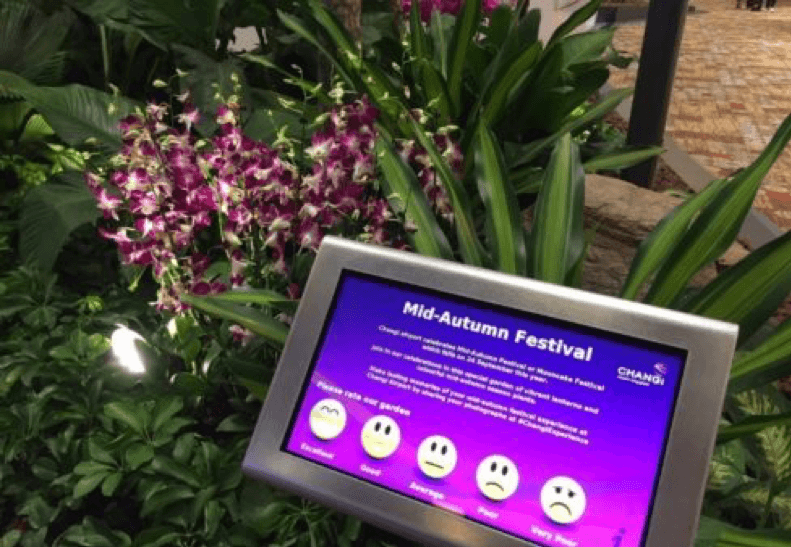
It was impossible to miss the brightly coloured ‘experience rating’ interfaces hoping to engage us as we headed towards Immigration. By asking for constant, real time feedback from passengers Changi is able to iterate and action changes that improve the customer’s journey through the airport. Jeffrey Loke, VP of Commercial Strategy at the Airport says customer feedback is crucial to delivering a superior experience, “Listening to customer feedback lies at the heart of our DNA, with every Changi experience a result of design, not chance”.
We embraced our active involvement in shaping the future ‘optimisation’ of Changi Airport by rating our toilet experience and the quality of foliage we passed as we picked up our bags and headed out into the Singapore heat.
‘Can we pay with cash?’ Embracing
frictionless payment
The point-of-sale device screen in our taxi from Changi Airport advertised an overwhelming variety of NFC and mobile payment options, each mobile payment
provider trying to shout louder than the last and promising a similar discount or monetary incentive if we made their app our new payment method of choice.
In its progression towards the much-vaunted goal of a cashless society, Singapore is a city that embraced contactless payments long before the concept reached stores, let alone taxi cabs, in the UK. As a result, it has a high level of contactless card penetration fuelled by the acceptance of ‘stored value cards’ (payment cards that can be topped up at ticketing machines, ATMs and stores around the city, or topping-up via a credit card). These transactions – via card or mobile device – account for more than half of all card-based transactions in Singapore, with commuters simply tapping their card or device every day at the entry and exit gates of stations, at fare readers when boarding buses or on payment terminals in taxis.
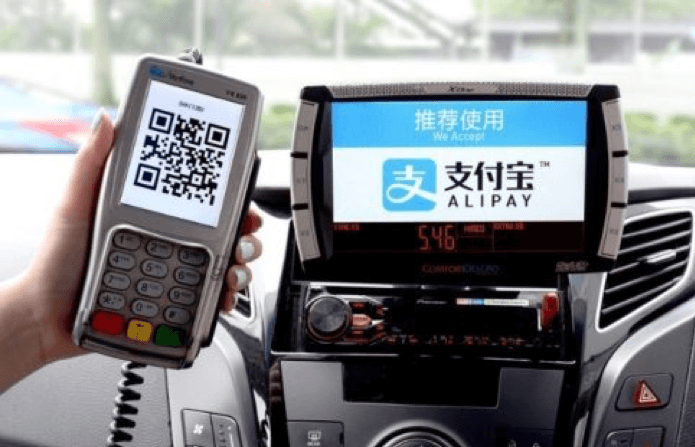
With no payment provider taking significant market share, and a payment user experience that can’t be optimised further, payment apps are becoming commoditised, with providers incentivising usage with sign-up discounts and ongoing customer loyalty programmes. Of course, ultimately this benefits the end consumer.
When we reached our downtown hotel, we asked the taxi driver if we can pay with cash. His scramble to cobble together our change suggested we were the first passengers to do this today.
Leave your car at home. Travelling around Singapore
Singapore has been at the forefront of smart city ingenuity since the movement began a few decades ago – driven by its need to maximize the
use of its compact 427 square miles to best serve a growing population of 5.6 million. Employing Internet of Things (IoT) technologies such as connected sensors, meters and lights, the government regularly collects and
analyses this data to improve public infrastructure and services. Intelligent traffic systems provide frictionless toll and parking payments and can even predict traffic jams.
But traffic jams are rare as many Singaporeans don’t own cars. The Singapore government has a strong policy curtailing car ownership to reduce the number of vehicles on roads and fund the public transport network. Therefore, it’s in the government’s interest to make journeys around the city as effortless and comfortable as possible for commuters. Technology plays a big part, with Singapore’s Land Transport Authority trialling wearable payment technology such as wristbands to advance towards its ultimate vision of creating a “hands-free” fare system.
As our taxi flew through the streets of Singapore’s Central Business District on Monday morning, the benefit of these initiatives was evident. Singapore’s morning rush hour was noticeably serene, leaving many global business centres in gridlocked shame.
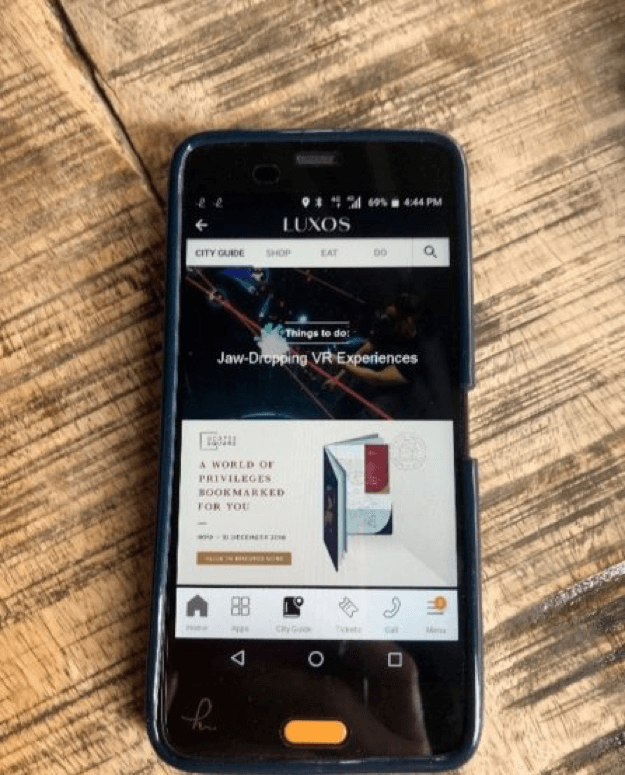
‘Use our mobile data’. Wayfinding with technology
We had some time in our visit to be tourists and explore what Singapore had to offer. We were navigated around the city by a smartphone provided by our hotel. Developed by Tink Labs, the ‘Handy’ device is free for the guests of more than 22,000 hotel rooms in Singapore, allowing users to tap unlimited mobile data and effortlessly navigate the city using its map feature – an essential piece of kit for those usually reliant on Google Maps back home.
Tink Labs understands the benefits of their device and the high engagement level this brings. Unsurprisingly, as we meandered around the city the device quickly became a shop window to nearby stores and attractions, offering us discounted goods and tickets. Understanding the value exchange, we booked tickets for Singapore’s largest tourist attraction on the device, Gardens by the Bay.
Despite being Singapore’s most popular tourist attraction with over 40 million visitors since its 2012 opening, Gardens by the Bay isn’t resting on its laurels. Like Changi Airport, and numerous other venues around Singapore, it asks visitors to rate their satisfaction with various elements of the attraction, including contributing to its Net Promoter Score.
After a few days in Singapore we weren’t surprised to see the shiny screens as we exited through the gift shop. And of course, we take our responsibility for shaping the direction of the attraction very seriously.
‘What are Dou Miao?’ An efficient dining
experience
We ended our trip with a quick dinner at a local restaurant. After being gestured towards a table we tapped away at a menu screen in our booth, adding a variety
of sharing dishes to our ‘basket’ before hitting the order button. Minutes later a server appeared, placing each dish in the middle of our table before quickly disappearing again.
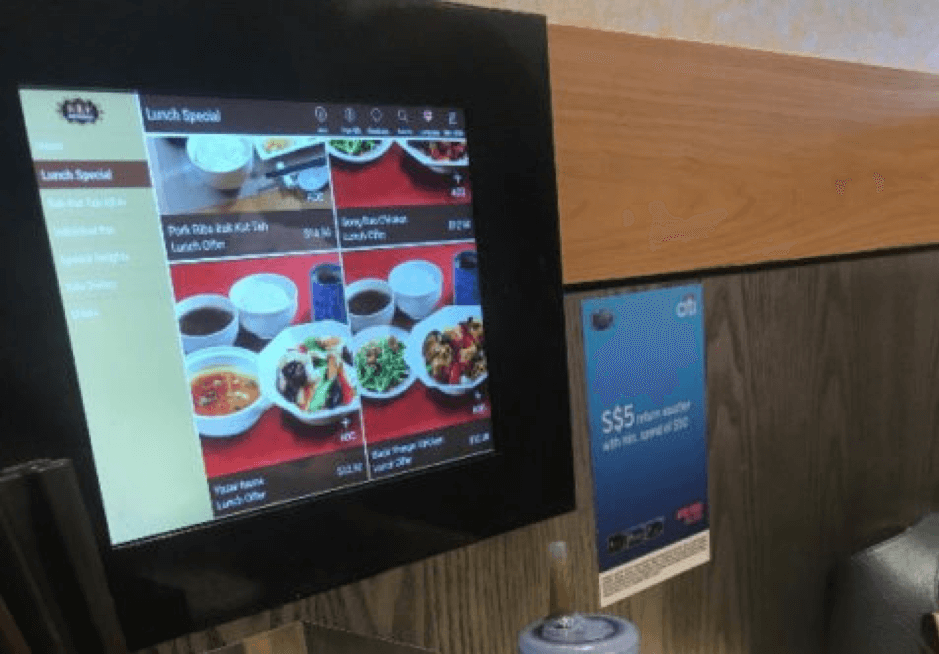
Whilst an efficient and truly frictionless dining experience, we couldn’t help feeling that in this case technology had created a rather bland customer experience. Servers have the ability to make a meal memorable, as well as recommending and upselling dishes (if we’d known what Dou Miao were we may well have added them to our basket and given them a try). This was a dining model built on efficiency and as a result, there were no friendly faces to represent the restaurant brand.
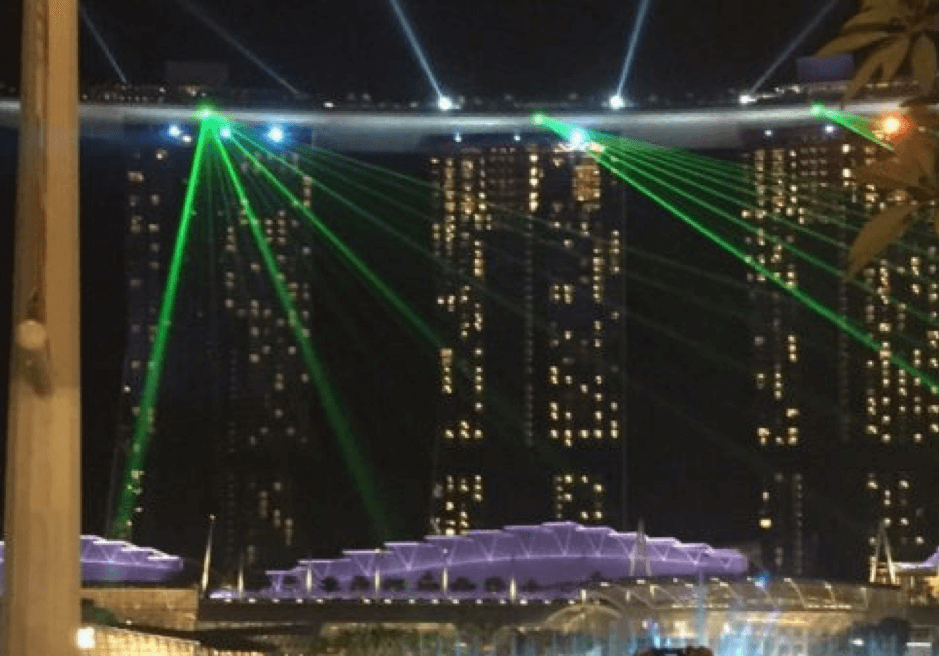
As we walked out of the restaurant and along Singapore harbour’s esplanade lasers lit up the jaw-droppingly impressive Marina Bay Sands hotel, before projecting down onto the harbour waters. What followed was fifteen minutes of dancing water fountains and colourful visual arts set to an inspiring orchestral soundtrack.
Of course, this wasn’t serendipity. Like every experience Singapore seems to offer both its residents and visitors, it was carefully crafted. In this case an extravaganza designed to delight audiences.
Singapore is a city deliberately built from the ground up to be effortless to both inhabit and visit, driven by a government that recognises the culture and experience the city provides is ‘brand Singapore’ on the world stage. Indeed, Singapore’s CIO Chan Cheow Hoe speaks like the Head of Customer Experience at any company, “What we are trying to do is to take out all this unnecessary friction as much as possible, and this goes back to the customer experience.”
Note: This article is written by Eliot Sykes, Head of Customer Experience at Ethology, a sister company of Splash. Eliot and his team were on a 2 week visit of Asia, introducing the Ethology offering to Clients of ours.

